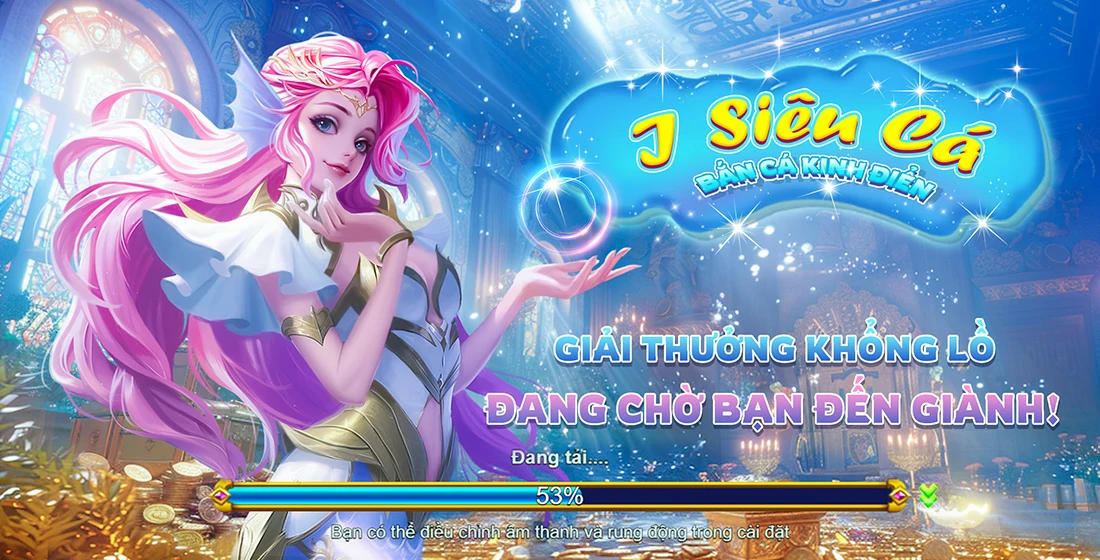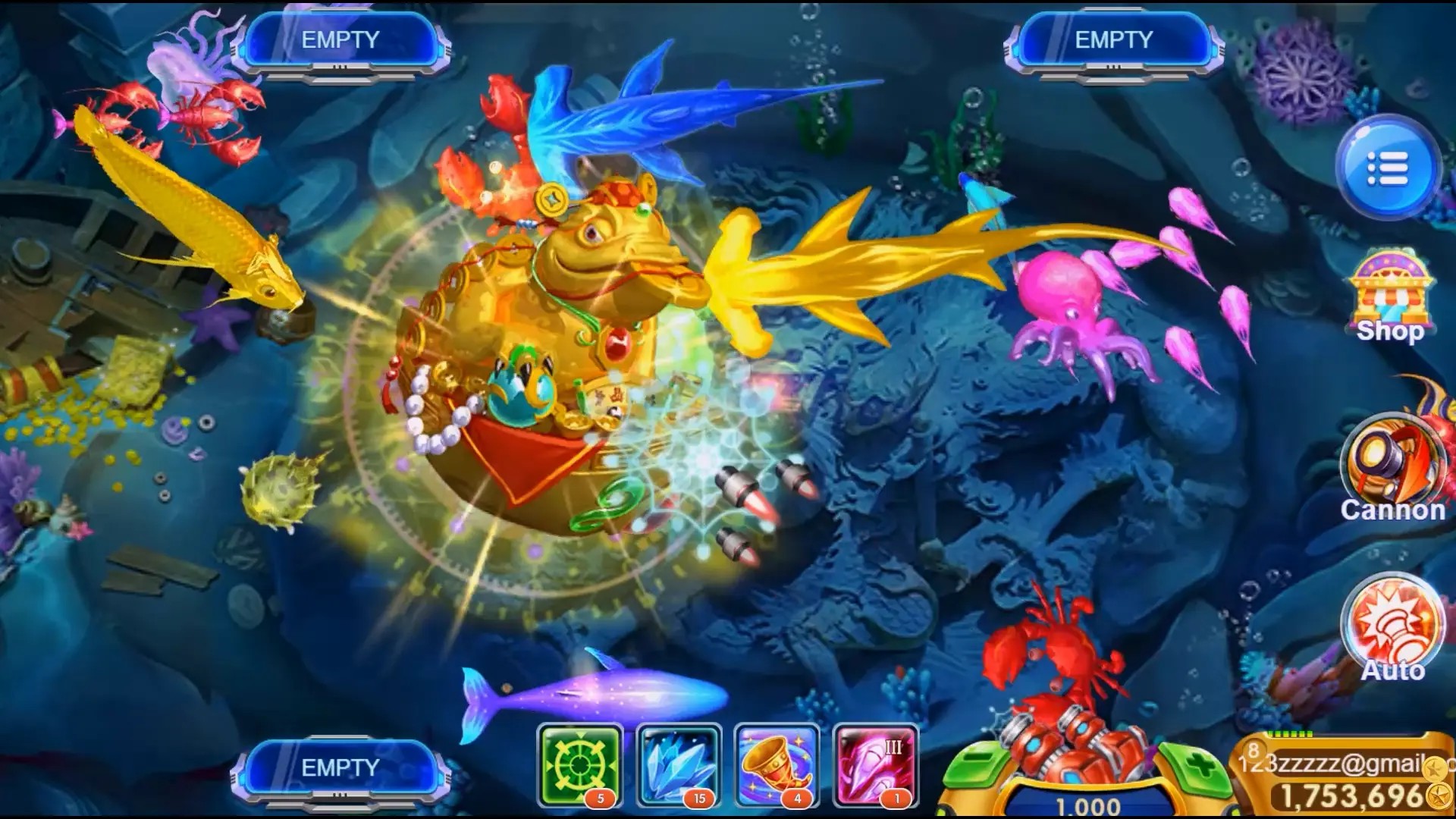In a gaming industry overflowing with formulaic adventures and recycled quests, certain titles boldly step into creative territories. RPGs that master storytelling ignite imaginations while pushing the boundaries of interactive narrative design. The following guide explores games celebrated for imaginative depth—from unique gameplay mechanics to branching narratives.
Unmatched Worlds, Immersive Realms
Immersive RPGs do more than entertain—they craft living worlds where choices carry real weight. These aren't static storylands filled with quest-givers handing out fetch tasks; they dynamically shape themselves around player actions. Titles like Disco Elysium and Pathfinder: Kingmaker stand out through intricate lore systems where every dialogue option shapes outcomes and consequences follow decision trails.
| Game Title | Mechanics Spotlight | Immersion Factor (0–10) |
|---|---|---|
| Disco Elysium | Mental Attribute System | 9.5 |
| Grim Dawn | Skill Combination Builds | 9.0 |
| Skyrim Special Edition | Dragon Shouting Abilities | 8.5 |
- Branching Storylines: Affects multiple character alliances over playthrough
- Dynamaic Dialogue Options: Influences party reactions & future encounters
- Fatigue Based Consequences: Mental stress affects performance on critical quests
Creative Twists On Combat Systems
Routine hack-and-slash dynamics no longer thrill discerning gamers. Developers are re-imagining how we resolve conflict within fictional landscapes—from turn-based card strategies embedded in quests disruptions, magic woven through real-time gesture controls, to morality-driven ability unlock trees.
Battlestations: Hardline restructures team tactics through collaborative hacking mini-games while Wasteland 3 employs dynamic environment interaction for combat advantage positioning. Some titles even break the fourth wall by integrating game rules into the narrative flow itself.
- Unique tactical options unlocked per campaign route
- Destructible environments altering battleground layouts mid-fight
- Hazards triggering stat penalties affecting long-term progression arcs



